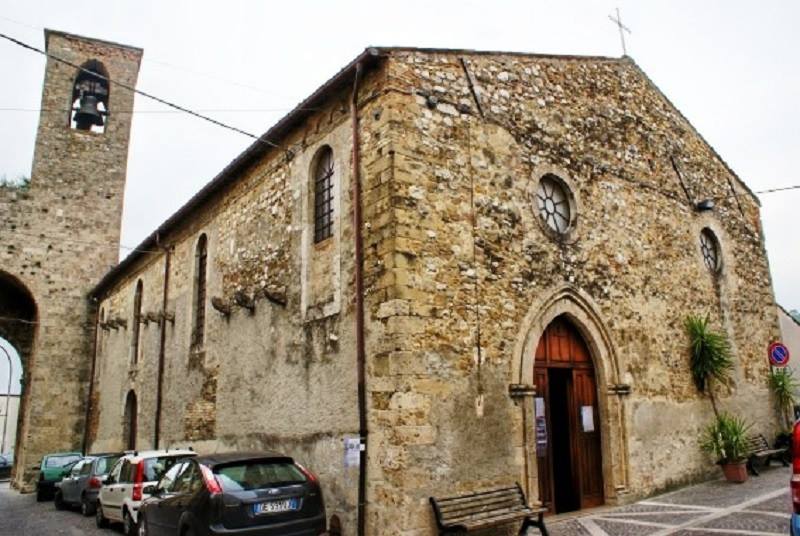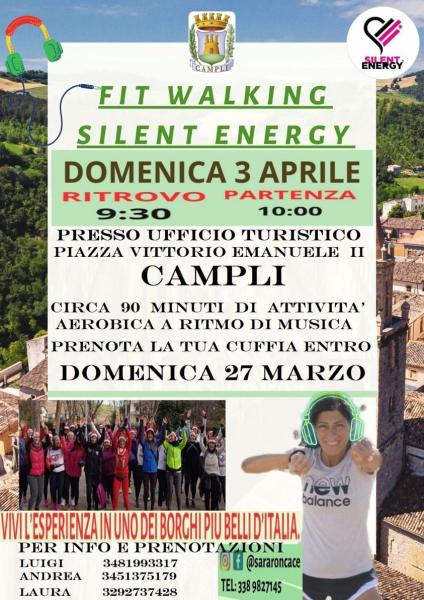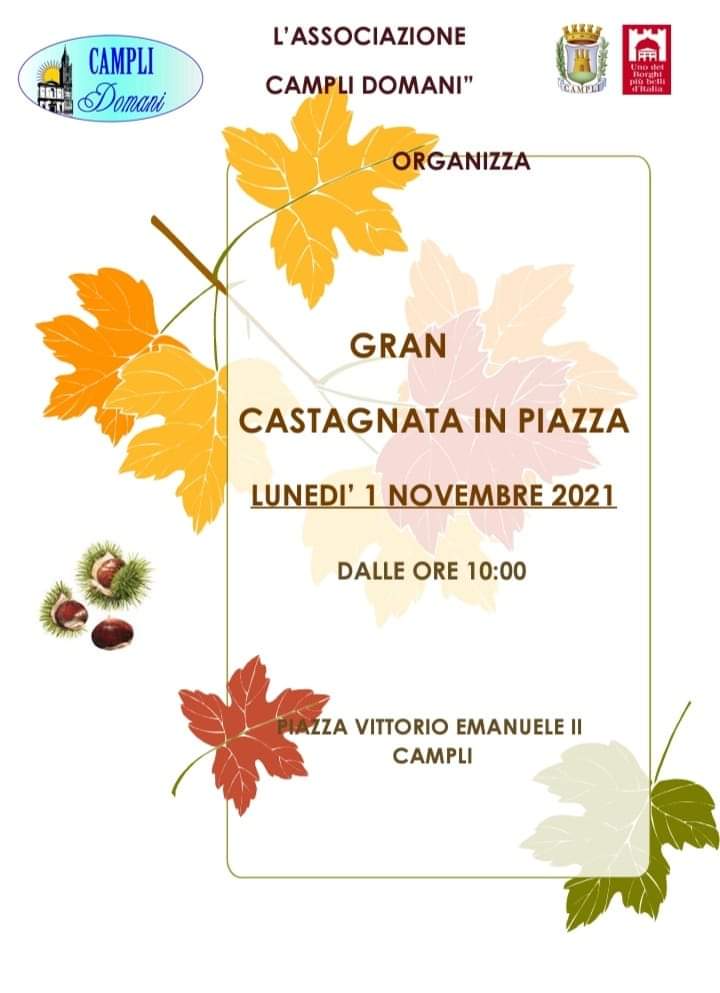Parish church of S. Giovanni Battista
In the district of Castelnuovo the Parish Church of S. Giovanni Battista. In 1370 it was a simple "Rettoria".
It has a fourteenth-century appearance with two naves. It rises within the ancient walls, close to the nearby Porta Angioina, surmounted by the mighty fifteenth-century bell tower with three bells of various sizes and terracotta hanging arches perhaps of the Lombard school.
A hut shows a small stone portal with an off-center pointed arch (14th century); above, two circular windows. According to Palma, the building originally would have been composed of three naves with several spans because it was arranged transversely. The right aisle was added in the fifteenth century.
Inside, the interesting cycle of fifteenth-century votive frescoes attributed to Giacomo from Campli and Fra Marino Angeli from S. Vittoria in Matenano (FM). Among the subjects depicted: a "Madonna of Loreto" painted, according to the Umbrian-Marche iconography, under a canopy or niche (to symbolize the Holy House); a “S. Amico di Rambona ”(on a column dividing the naves); a “S. Eleuterio Pope ". The S. Cosma ”perhaps the work of Stefano Folchetti. On the sides of the counter-façade there are two newsstands; in one of them there is a baptismal font.
The wooden statue of St. John the Baptist (14th century) is exhibited at the National Museum of Abruzzo in L’Aquila. The ceiling made of wooden trusses and bricks is entirely decorated with geometric motifs and lilies that recall a starry sky. Noteworthy are the two sixteenth-century altars in gilded wood (coming from the destroyed Church of S. Antonio Abate in Castelnuovo).
The first houses a "Crucifixion", an altarpiece surrounded by paintings depicting "Scenes of the Passion and the Resurrection of Christ"; in the second, a “Madonna with the Child in glory and the SS. Girolamo, Giovanni Battista, Rocco and Giovanni Evangelista ”, sacred conversation surrounded by a“ Pentecost ”and“ Scenes from the preaching of the Apostles ”; valuable works by Giovan Battista and Francesco Ragazzini from Ravenna.
And again: two wooden crucifixes (14th-15th century); a seventeenth-century canvas with “S. Carlo Borromeo ”and a“ Pietà ”attributed to Paolo De Matteis. Interesting is a poorly preserved wooden Pietà with German influences and a Madonna enthroned with Child, a clay statue of the Nocellese school, both from the 16th century.
Currently not accessible.








